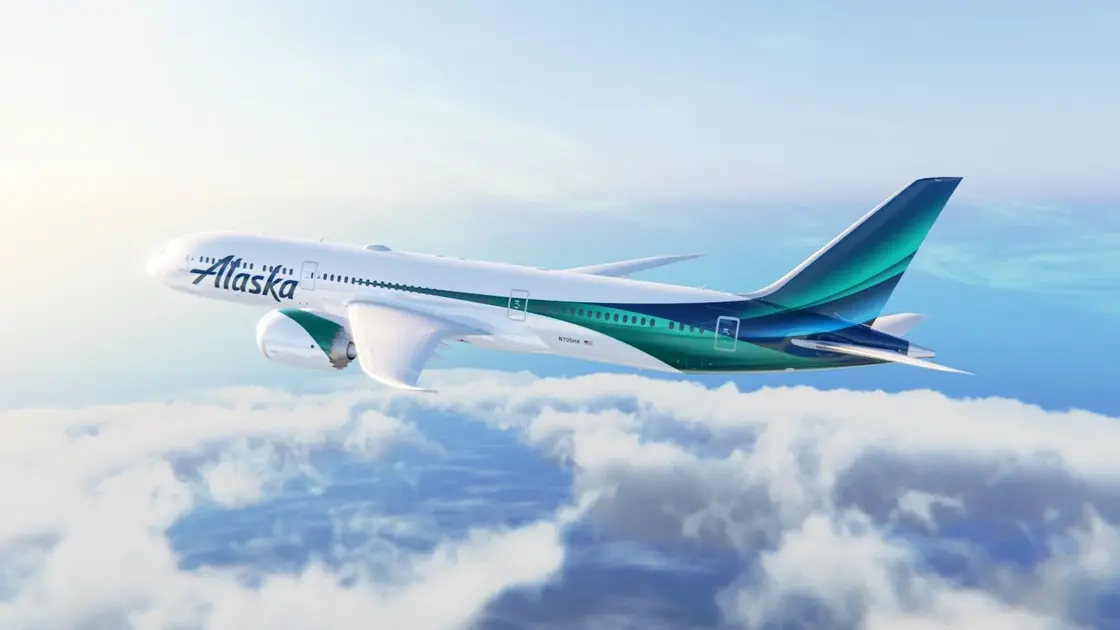T4K3.news
Vulcan launches first operational flight
ULA's Vulcan rocket carries national security satellites into high orbit, signaling a move into sustained service.
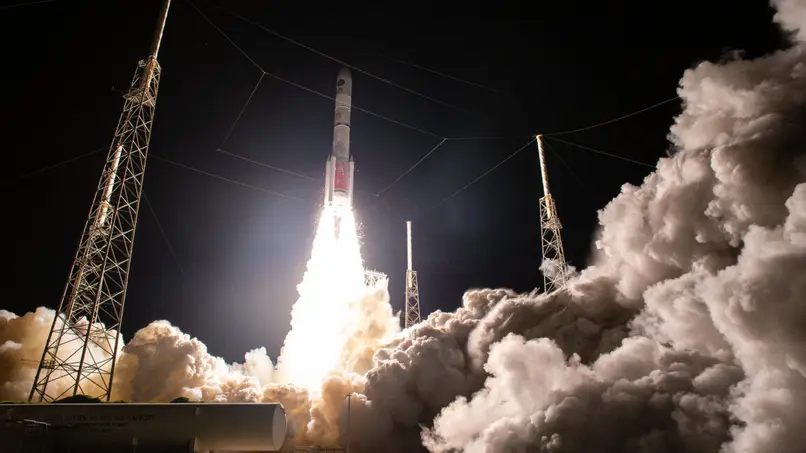
A successful first national security payload launch signals the Vulcan program’s move into routine operations, with questions about cost and cadence ahead.
Vulcan rocket enters service after first operational flight
ULA launched the Vulcan rocket from Cape Canaveral Space Force Station at 8:56 pm EDT on Tuesday, carrying USSF-106. The lift used two BE-4 engines supplied by Blue Origin and four Northrop Grumman solid boosters, delivering nearly 3 million pounds of thrust. After liftoff, the boosters and core stage separated and the Centaur upper stage fired multiple times to place the payloads into a near geosynchronous orbit more than 22,000 miles above the equator. The mission marked Vulcan’s first flight carrying national security payloads and included a satellite testing next generation GPS technologies. Additional satellites were aboard but not publicly disclosed.
This launch signals a shift from development to operations for the Vulcan program and comes as the United Launch Alliance works through a backlog of more than 70 Vulcan launches under contract with the Space Force and Amazon for Kuiper. The mission highlighted collaboration across defense and industry, with officials noting the milestone as a step toward broader strategic space lift.
Key Takeaways
"It’s an exciting day for us as we launched the first NSSL flight of Vulcan"
Statement from Col Jim Horne, mission director
"After years of development, this mission delivered its payloads safely into space"
Editorial note on mission success
"This is a milestone that will shape how the Space Force buys space lift in the next decade"
Editorial assessment of long term impact
The milestone tests more than the rocket itself; it tests the industrial base that builds, services, and scales a new launch system. The Vulcan program depends on BE-4 engines from Blue Origin and Northrop Grumman boosters, creating supplier risk if production slows or costs rise. A backlog of launches places pressure on schedule and budget planning, even as customers press for cadence.
If Vulcan can sustain a steady pace, it could influence how the Space Force buys space lift and how private partners like Kuiper participate in national security missions. Critics may point to cost growth, governance, and the political optics of backing a new launcher in a crowded procurement landscape. The outcome will shape public debate about space infrastructure and defense budgeting for years to come.
Highlights
- Vulcan marks a real shift from testing to real capability
- This milestone is years in the making and signals scale not just one mission
- Backlog will test how fast space policy can move
- The industry can deliver critical space lift when customers pay on time
Budget and political sensitivity risk
The Vulcan program operates within defense budgets and political oversight. A large backlog and reliance on multiple contractors could invite scrutiny over cost, cadence, and governance.
The road ahead will test cost, cadence, and credibility.
Enjoyed this? Let your friends know!
Related News
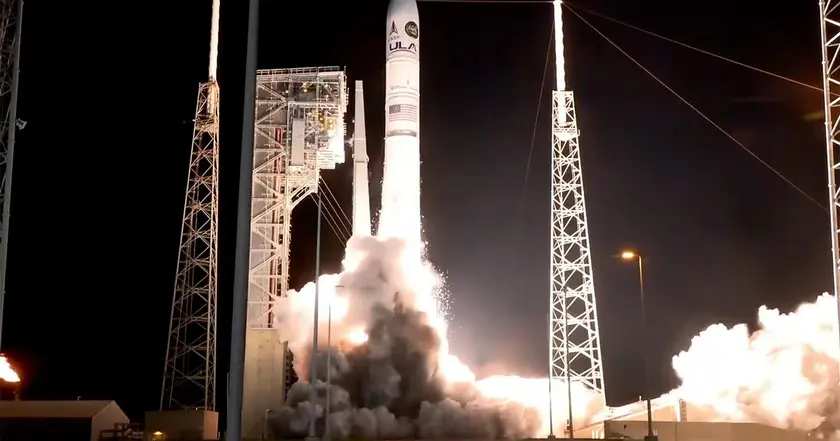
ULA Vulcan lifts off on Space Force sanctioned flight
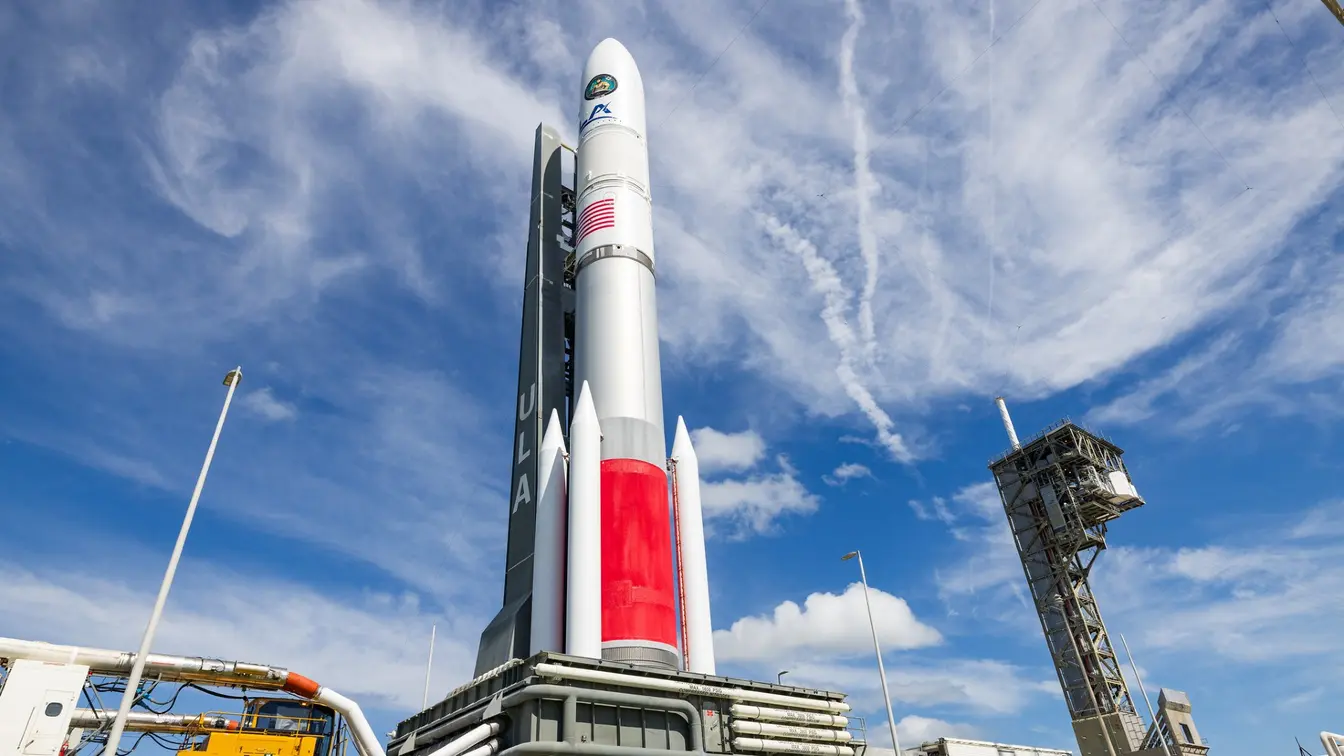
Vulcan Centaur launches experimental military satellite

Vulcan rocket lights up PA sky
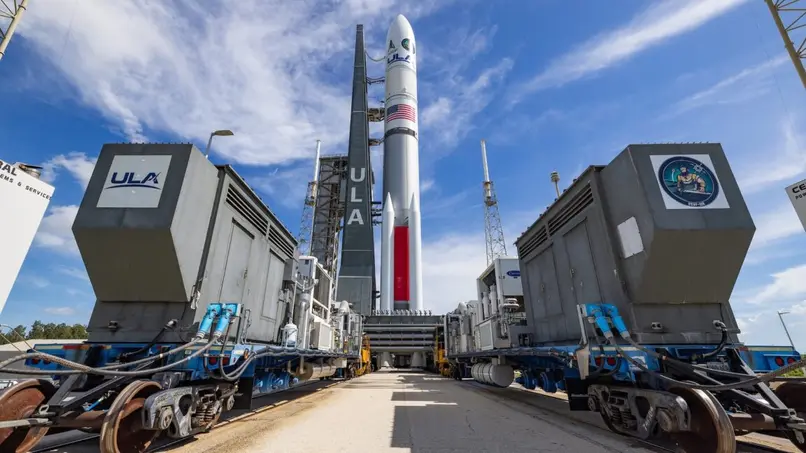
Vulcan rocket to lift national security satellites
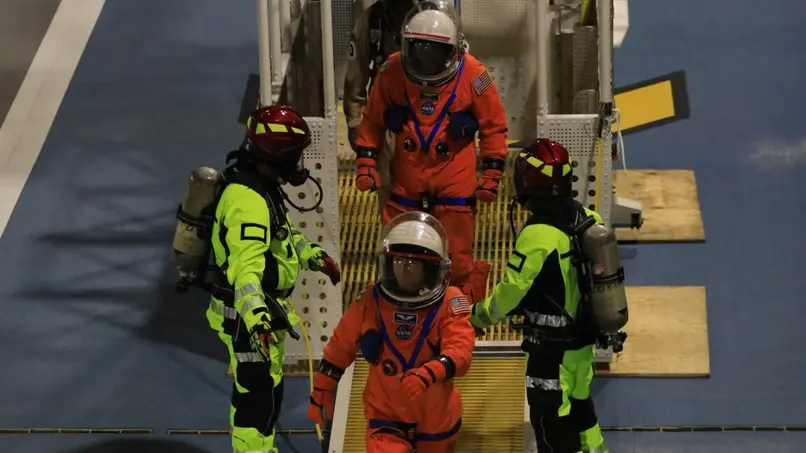
Ariane 6 completes third flight
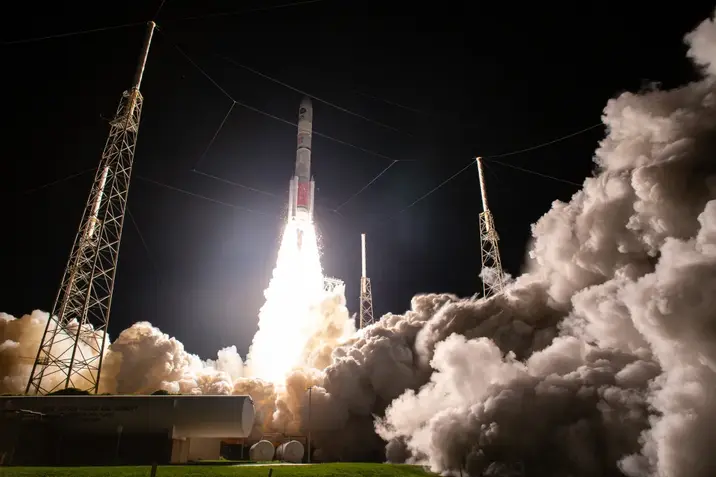
Vulcan launches on USSF-106
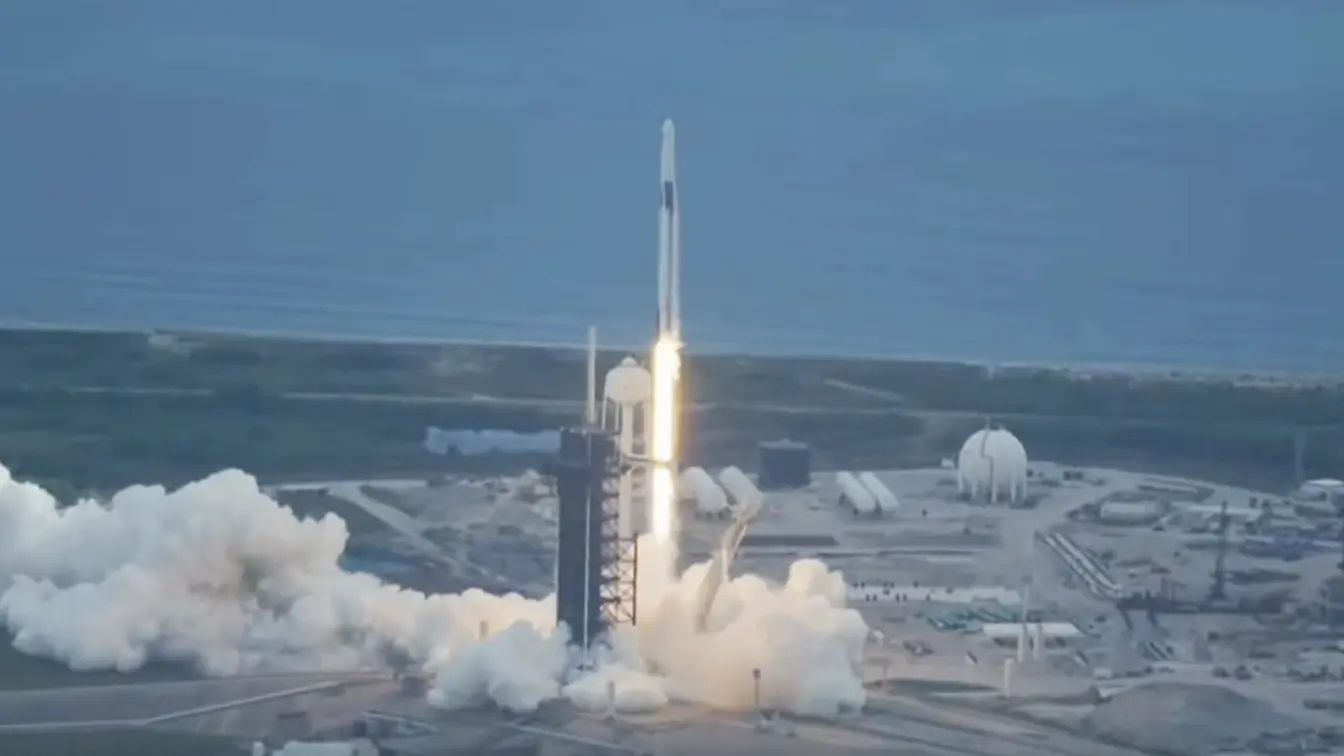
SpaceX launches Crew-11 astronauts to ISS
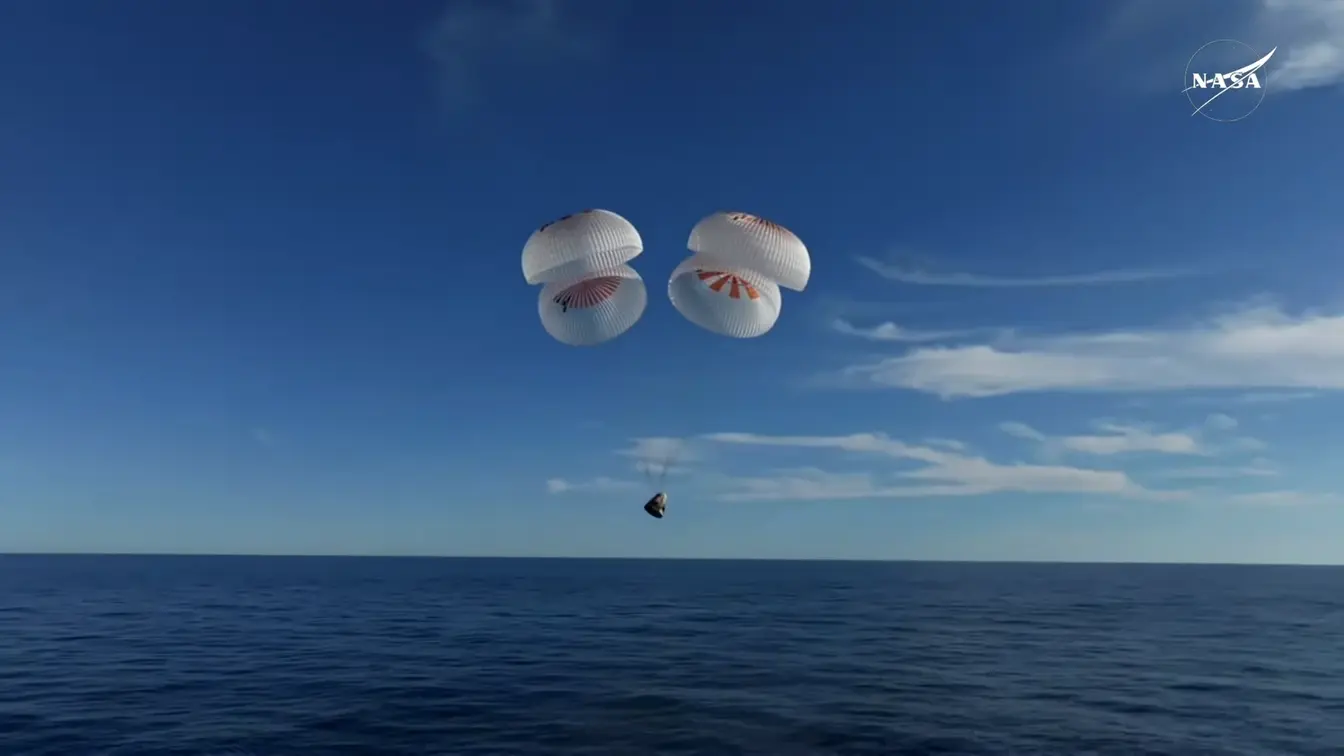
Crew-10 returns to Earth after five months in space
